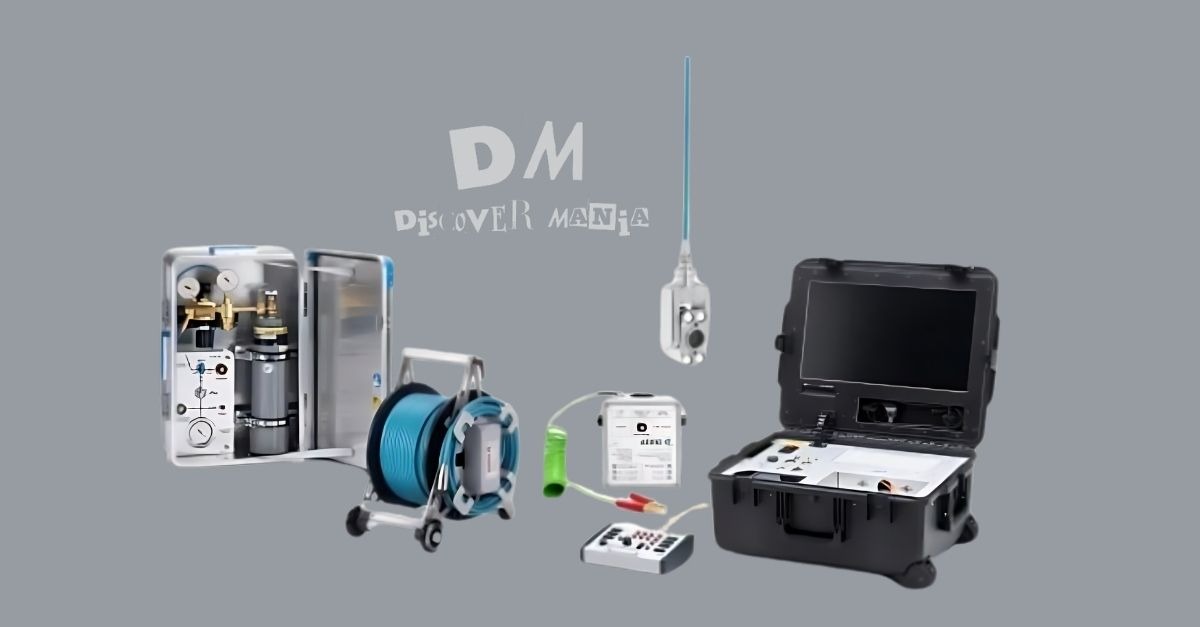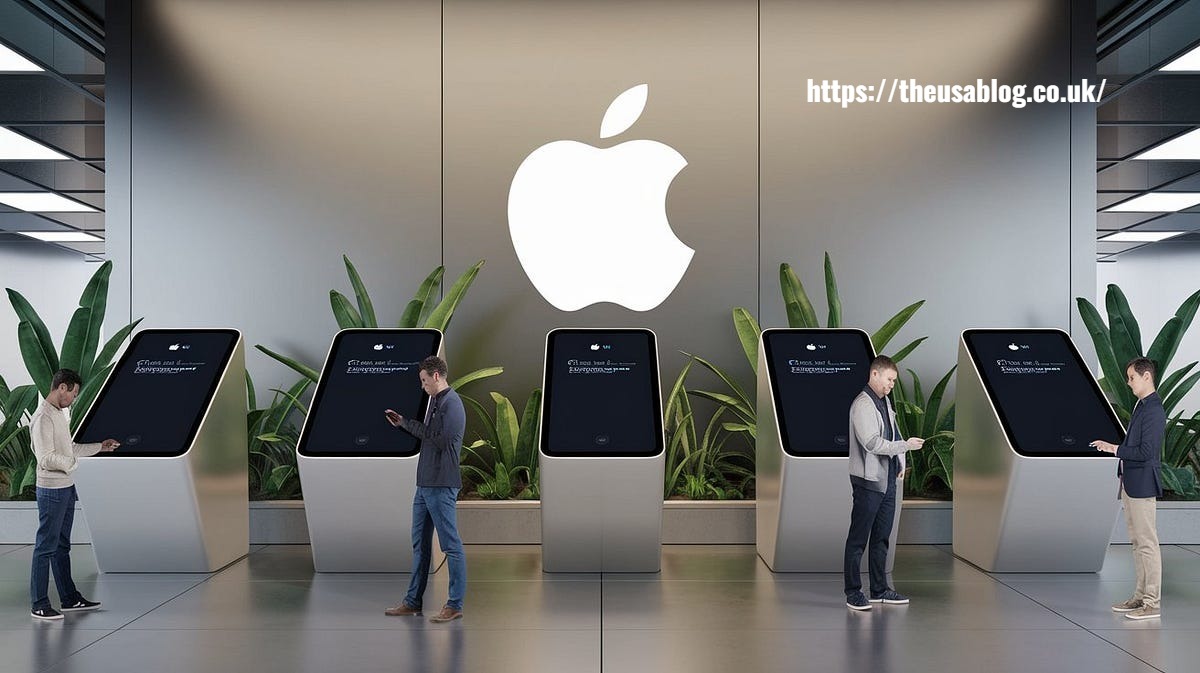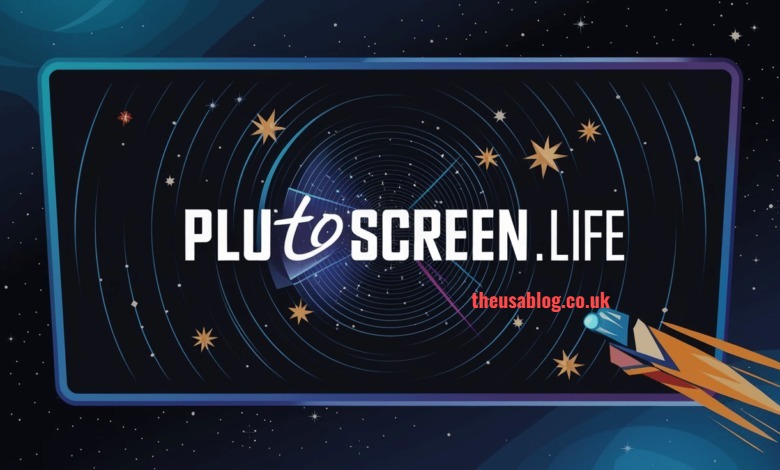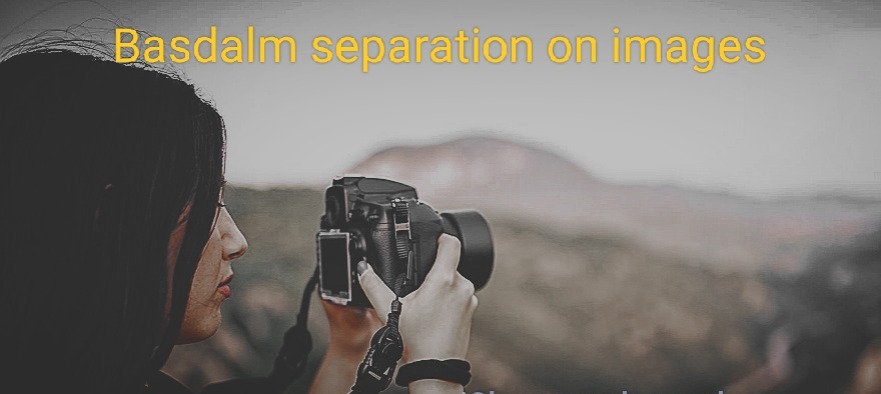Introduction to DEKRA VT1000 Pitting Images
The DEKRA VT1000 pitting images play a crucial role in understanding the structural integrity of various materials and components. This article aims to delve deep into what these images represent, their significance in various industries, and how they are used for inspections and evaluations.
What is DEKRA VT1000?
The DEKRA VT1000 is a state-of-the-art device designed for visual inspection and measurement. It is particularly useful in detecting pitting, corrosion, and other forms of surface degradation. The images produced by this device provide critical information for maintenance and safety assessments in numerous sectors.
Importance of Pitting Images
DEKRA VT1000 pitting images serve as visual documentation of the condition of surfaces, particularly in metal components exposed to harsh environments. Pitting refers to the localized corrosion that leads to small holes or pits in the material. Understanding the extent and nature of pitting is essential for ensuring the longevity and reliability of structures and machinery.
Understanding Pitting

What is Pitting Corrosion?
Pitting corrosion is a localized form of corrosion that leads to the creation of small holes in a material. It can occur in various environments and can significantly weaken the structural integrity of the component. The DEKRA VT1000 pitting images help in identifying these critical flaws early, allowing for timely interventions.
Causes of Pitting Corrosion
Pitting corrosion can be caused by several factors:
- Chemical Exposure: Certain chemicals can promote pitting.
- Environmental Conditions: Humidity and temperature variations contribute to corrosion rates.
- Material Properties: Some materials are more susceptible to pitting due to their inherent properties.
The Role of DEKRA VT1000 in Inspections
How DEKRA VT1000 Works
The DEKRA VT1000 employs advanced imaging technology to capture high-resolution images of surfaces. These images are then analyzed for any signs of pitting or corrosion. The DEKRA VT1000 pitting images provide inspectors with a detailed view that aids in evaluating the condition of materials.
Applications in Various Industries
- Aerospace: In the aerospace industry, the integrity of components is paramount. DEKRA VT1000 pitting images help in ensuring that critical parts are free from corrosion.
- Marine: Ships and offshore structures are exposed to harsh marine environments, making regular inspections using DEKRA VT1000 pitting images essential for safety.
- Oil and Gas: Pipelines and storage tanks require regular assessments to prevent failures. The images help in planning maintenance and repairs.
Benefits of Using DEKRA VT1000 Pitting Images
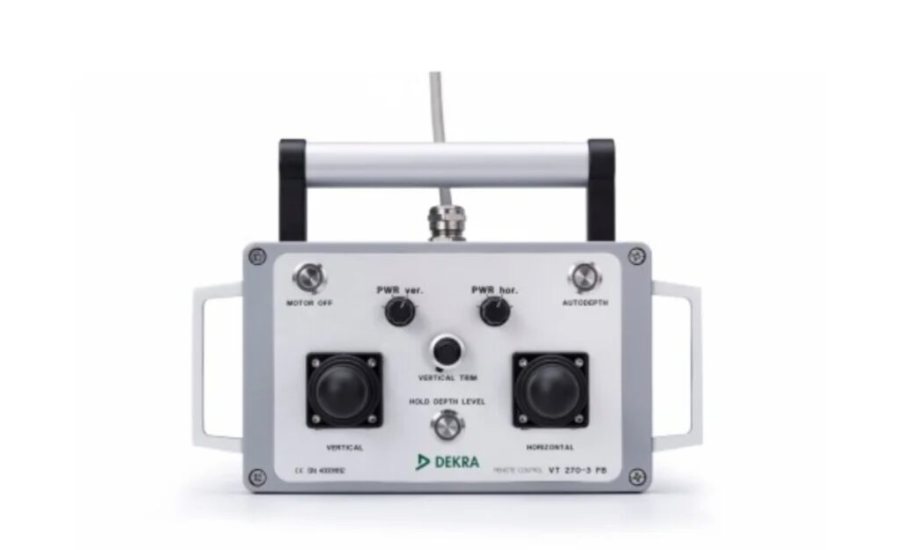
Enhanced Safety
The primary benefit of utilizing DEKRA VT1000 pitting images is the enhancement of safety. By identifying potential issues before they escalate, organizations can prevent accidents and injuries.
Cost-Effectiveness
Regular inspections using DEKRA VT1000 pitting images can lead to significant cost savings by avoiding costly repairs and downtimes. Early detection allows for planned maintenance rather than emergency repairs.
Improved Longevity of Equipment
By regularly monitoring the condition of components through DEKRA VT1000 pitting images, organizations can extend the lifespan of their equipment, ensuring better return on investment.
Analyzing DEKRA VT1000 Pitting Images
Interpretation of Pitting Images
Interpreting DEKRA VT1000 pitting images requires a keen eye and understanding of corrosion patterns. Professionals are trained to recognize the signs of pitting and assess their severity.
Common Indicators of Pitting
When analyzing DEKRA VT1000 pitting images, several indicators can signal concern:
- Depth of Pits: Deeper pits indicate more severe corrosion.
- Distribution: The spread of pits can signify systemic issues.
- Surface Area Affected: A larger area of pitting suggests a more significant problem.
Case Studies
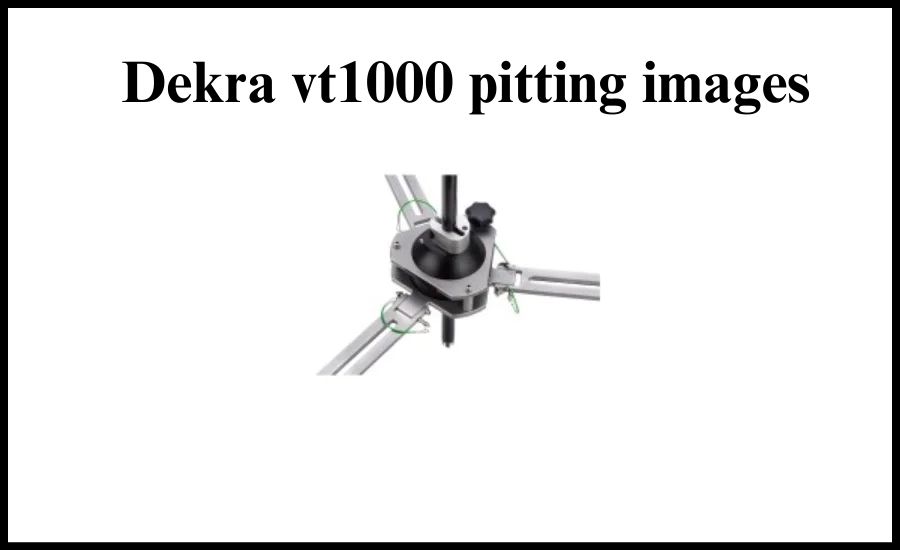
Aerospace Industry Example
In a recent case within the aerospace sector, DEKRA VT1000 pitting images revealed significant pitting on aircraft components. This early detection allowed for immediate maintenance, preventing potential in-flight failures.
Marine Environment Assessment
Another case involved a marine vessel where DEKRA VT1000 pitting images showed localized corrosion on the hull. Timely intervention ensured the vessel remained seaworthy, avoiding costly repairs later.
Best Practices for Using DEKRA VT1000
Regular Inspections
Implementing a routine inspection schedule using DEKRA VT1000 pitting images is essential for effective maintenance. Consistency in inspections leads to better management of material health.
Training Personnel
Personnel responsible for interpreting DEKRA VT1000 pitting images should undergo thorough training. Understanding the nuances of pitting and corrosion can drastically improve outcomes.
Documentation and Reporting
Keeping accurate records of DEKRA VT1000 pitting images is crucial for tracking material conditions over time. This documentation can assist in trend analysis and future planning.
Future Developments in Pitting Analysis
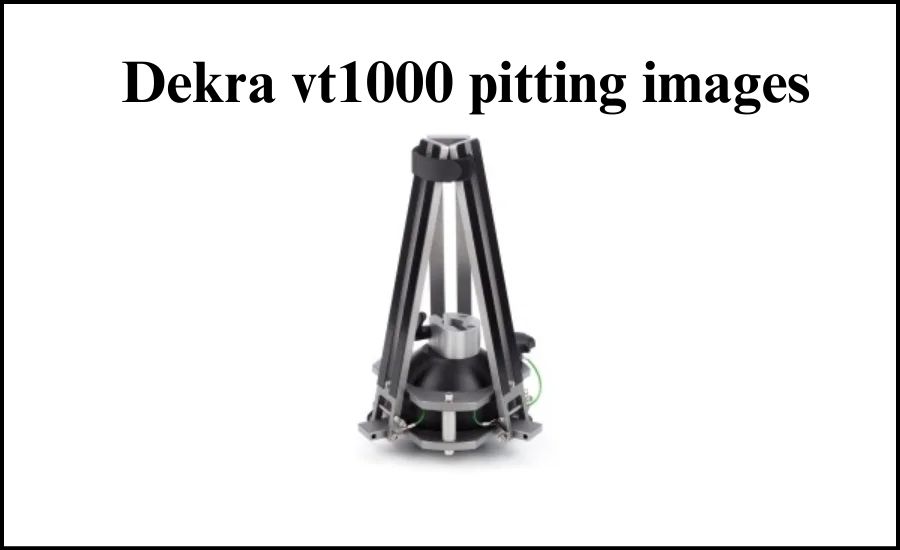
Advancements in Imaging Technology
As technology evolves, the capabilities of devices like the DEKRA VT1000 are expected to improve. Enhanced imaging techniques may allow for even more detailed analysis of DEKRA VT1000 pitting images.
Integration with AI and Machine Learning
The integration of artificial intelligence into the analysis of DEKRA VT1000 pitting images may lead to automated detection and assessment, further enhancing inspection efficiency.
Conclusion
In summary, DEKRA VT1000 pitting images are an invaluable tool in the fields of maintenance and inspection. Their ability to provide detailed insights into material degradation helps organizations across various industries maintain safety, reduce costs, and extend the lifespan of their equipment. By understanding the importance of these images and implementing best practices, organizations can ensure the integrity of their operations.

